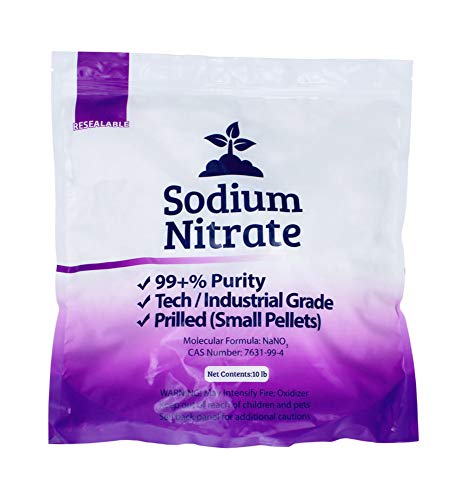Philip Swit
New member
- Joined
- Nov 21, 2024
- Messages
- 2

Do you have an Assay?
Welcome by the way.
What we are asking is how do you know it is Rhodium ore?













Welcome to us.I’ve smelted this type of ore. The best way to deal with it is to roast it so it’s easy to crush, crush it, and use a flux like Chapmans. It runs very thick so adding a thinner will help. Use lead instead of bismuth. I’ve had buttons disappear into the cupel right before my eyes because of the way the ore reacts to bismuth.
If you want someone else to smelt it for you I would recommend calling a metallurgical lab in your area. They can crush and smelt this type of ore.
Welcome to us.
So no assay or any other identification of the ore or its content?
Seriouslyi
The problem with that is mostly from unknown ores. Which is valid for fir the poster we reply to here.I send it for assay after I smelt it. Is that a problem? I have my own set up and I have years of experience looking at ore. It’s faster and cheaper for me to make a metal button from the ore and send it away.
Naive question but with standard ore roasting does the arsenic depart as a vapour? If true, is not plain Roufosse venting still a hazard where natural concentration is at higher end? Or is the expected total mass for small ore quantity trivial? Is there a way to “get” or lock up the arsenic fumes?The problem with that is mostly from unknown ores. Which is valid for fir the poster we reply to here.
An assay will tell you if there are toxic elements as Arsenic, Mercury, Cadmium and so on.
Additionally if done correctly one can get hints to what kind of Flux will be beneficial for that specific ore.
I'm not a ore guy so I can't say for sure.Naive question but with standard ore roasting does the arsenic depart as a vapour? If true, is not plain Roufosse venting still a hazard where natural concentration is at higher end? Or is the expected total mass for small ore quantity trivial? Is there a way to “get” or lock up the arsenic fumes?
The usual reply is "dilution is the solution to pollution". If you are going to test a small sample, once in a long while, the need for a condenser/bag house will never materialize. Small 1-2 lb. samples can be roasted in a remote area, away from unknowing people, animals, and food sources. Stay up wind as yes, the Arsenic departs as smoke first, then vapor. A bag house/condenser is what is used on a commercial operation. This is basically a large vacuum cleaner with filter, and a cooler to condense the fumes. Much more then a small amount and the EPA will find out eventually. Fines are very stiff.Naive question but with standard ore roasting does the arsenic depart as a vapour? If true, is not plain Roufosse venting still a hazard where natural concentration is at higher end? Or is the expected total mass for small ore quantity trivial? Is there a way to “get” or lock up the arsenic fumes?
True, but it sounds like he already knows what kind of ore he has. He didn’t ask for help identifying the ore. He asked for info on who could process it.The problem with that is mostly from unknown ores. Which is valid for fir the poster we reply to here.
An assay will tell you if there are toxic elements as Arsenic, Mercury, Cadmium and so on.
Additionally if done correctly one can get hints to what kind of Flux will be beneficial for that specific ore.
Yes without telling us any information.True, but it sounds like he already knows what kind of ore he has. He didn’t ask for help identifying the ore. He asked for info on who could process it.
Enter your email address to join: